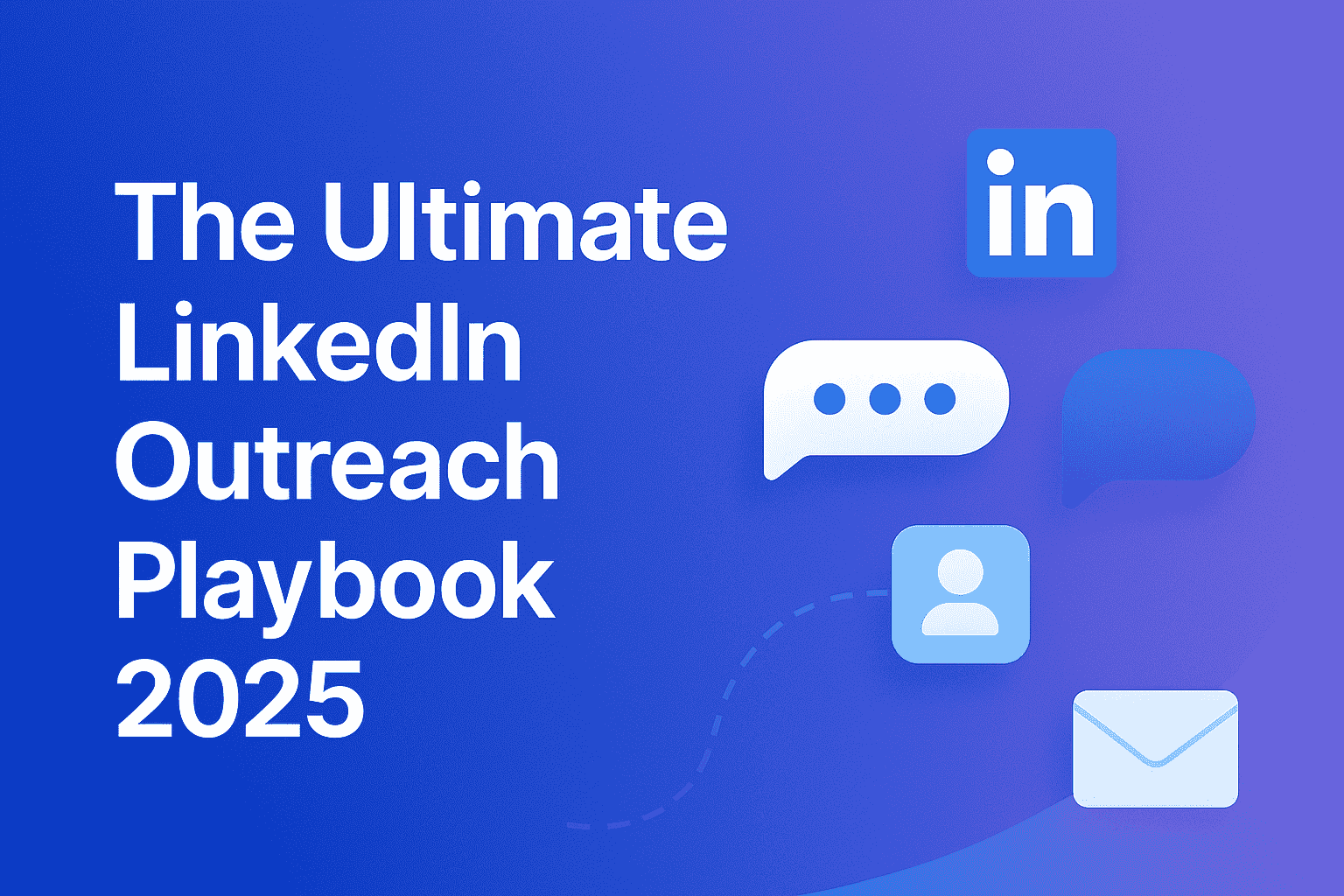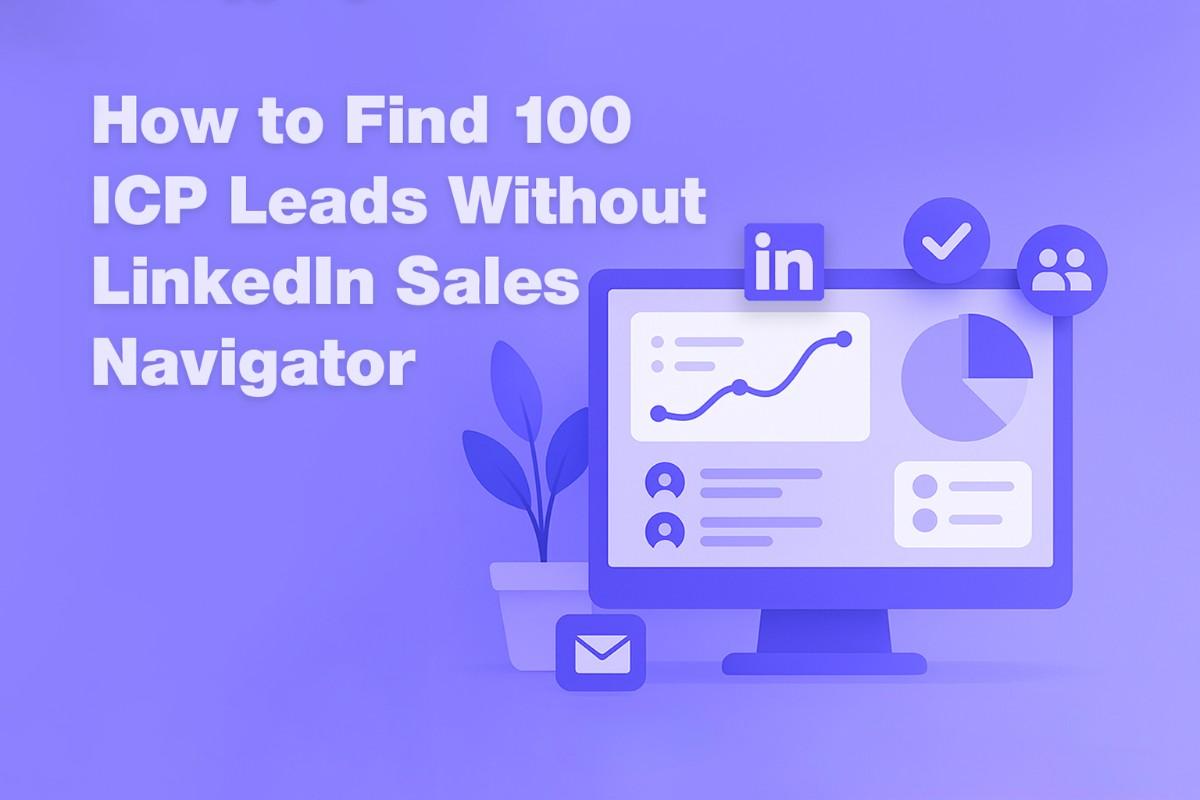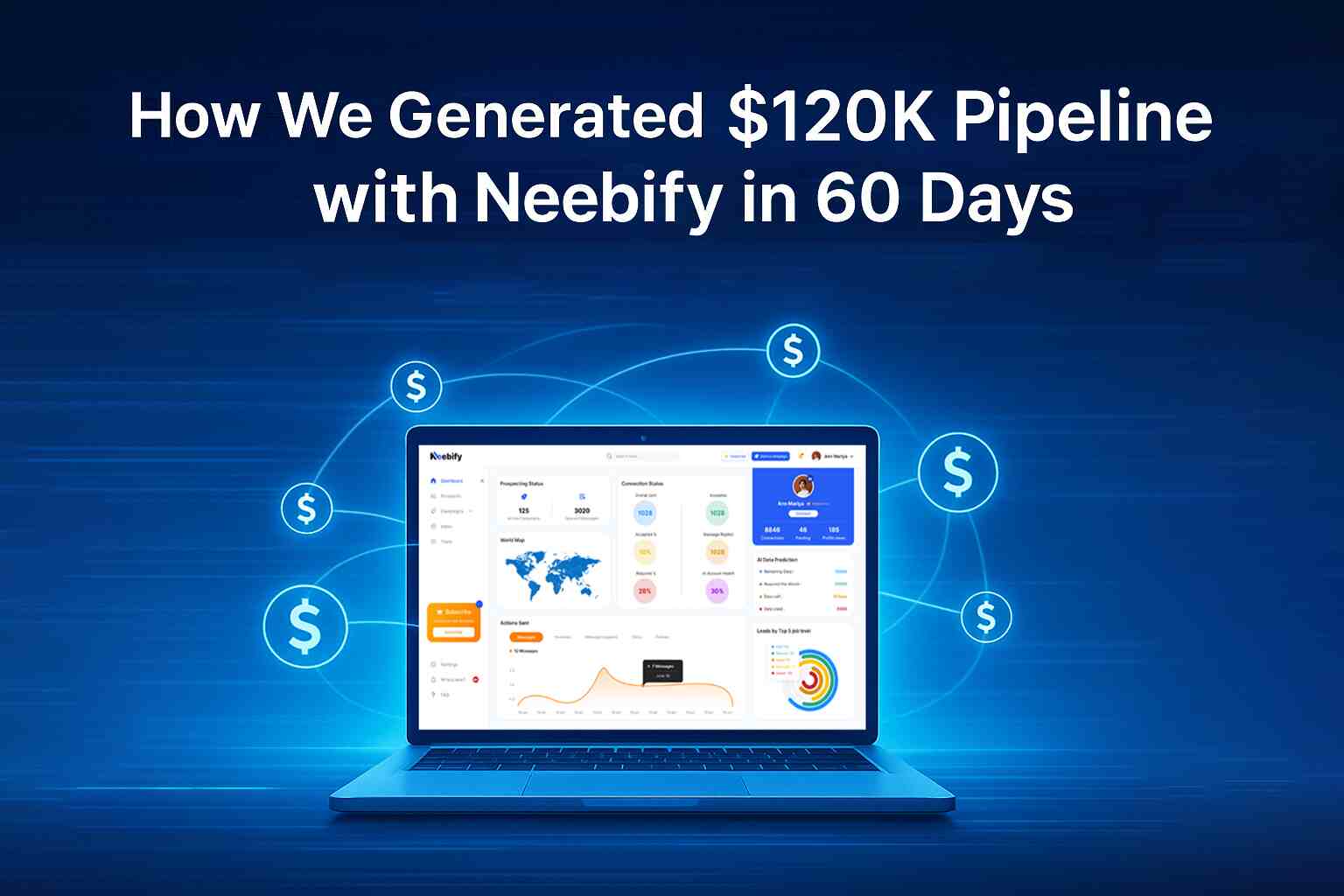Table of content
A well-optimized sales funnel is essential to growing and succeeding in business. It is the system for taking leads through to becoming loyal customers. It guides them from their very first point of contact with your brand to making a purchase-and often far beyond. However, they key mistakes marketers are making in sales funnel strategy, where opportunities are missed, and weak conversions are generated. Let's look at "top 5 mistakes" marketers make with sales funnels, why you need to use sales funnels, and how you can optimize your funnel for the best results.
What is a Sales Funnel?
A sales funnel is the marketing term that illustrates the journey a potential customer undertakes from being made aware of your product or service to buying into it. The funnel is used because at the top of the funnel, you cast as wide a net as possible to capture leads, and as you travel through the funnel, the number of prospects dwindles down to the point where only those ready to buy remain.
A sales funnel helps a business predict and give reasons to those who do not reach the destination. Typically, there are various stages in the sales funnel, and knowledge about each of them is necessary to build a successful SEO sales funnel strategy.
5 Sales Funnel Stages
The usual sales funnel stages are:
1. Awareness Stage: Most people top the funnel by getting aware of your business which occurs mainly through the blog post, social media, paid ads, and SEO efforts. Your aim should be to attract as many leads as possible at this stage.
2. Interest Stage: At that point when you have created a little bit of awareness of the potential lead about your business, you will need to engage them and get them interested in your business. You will have more detailed content at this stage like case studies, eBooks, or even newsletters to take good care of that interest and keep the leads interested in your business.
3. Decision stage: This is the time in which they are thinking about either your product or service and deciding whether it best fits the answer. You have to take them forward to believe that your product is the best answer. Here mostly demos, consultation, or special offers play a role.
4. Action Stage: This is the point at which leads reach the final step and become paying customers. A purchase, subscribing for a free trial, or subscription would be realized here. Some proofs in optimizing stage level would determine the sales closing.
5. Retention Stage: The funnel doesn't end after conversion. Retaining customers will be the secret of a long-lasting business. Maintaining a high post-sale level of customer service and proper content post-sale, in addition to loyalty programs, will help extract more value from customers throughout their lifetime.
How Does Sales Funnel Work?
A sales funnel works by guiding prospects through a sequence of steps that increasingly pull them from awareness into the sale. Every step in the sale process builds trust, adds value, and also decreases abandonment potential.
You are targeting your potential customers at the top of the funnel because you are actually guiding them through targeted marketing efforts. Leads move further down the funnel with more specific, value-driven content engaging the potential customer. The ultimate goal is to push the lead into the action stage, like a buy-in.
Maxing out the sales funnel can be achieved by tracking where a lead lags at which point in the funnel, ironing out friction points and making progress on conversion rates. It is here that sales funnel optimization comes into play-by continuously improving each stage to help garner more efficiencies and eliminate bottlenecks.
Five Common Mistakes of Sales Funnel
However important a well-optimized funnel is to marketers, the following are common sales funnel mistakes that can impede even the most successful marketers: the top 5 mistakes you should avoid.
1. Neglecting the Awareness Stage: Most marketers end up dwelling majorly on the middle and bottom of the funnel but usually ignore the awareness stage. In the event of poor awareness production, there will be an influx of fewer leads into your funnel which will make it hard to meet big sales numbers.
How to Avoid It: Make sure your marketing is targeting the right prospects at the very top part of the sales funnel. Be investing in search engine optimization, content marketing, social media campaigns, and paid advertising to drive quality traffic through your website. Seek educationally and awareness-creating help from high-quality blog posts, videos, and infographics about your brand.
2. Failure to Nurture: It is after attracting leads that you have to nurture them down the funnel. Many marketers go awry here and fail to follow up with targeted content or offers. This can leave the leads bored or looking elsewhere for a different opportunity.
How to Avoid It: Implement a lead nurturing strategy; this is a process that guides a prospect from the top of the funnel to the bottom of the funnel. Use email marketing campaigns that would deliver relevant content, pointing out to them some pain points and then offer solutions. Categorize leads depending on behavior and interest to target communication better.
3. Complexity in the decision and action stages: Marketers get too complicated at the stages of decision and action at the bottom of the funnel. If the process for making a decision or purchasing is too complex, then leads will leave their journey.
How to Avoid It: Remember your sales funnel conversion tips: it should be as straightforward as possible. Make the process of ordering easy to follow. Use calls to action that are clear and steer your prospects through the decision cycle. Use limited time discounts or bonuses in order to make a sense of urgency for sales.
4. Failure to optimize for Mobile: The trend of browsing and even transaction from mobile devices allows forgetting the issue of mobile optimization as a colossal mistake. A funnel that's not mobile-friendly is losing most of its chances of conversion.
How to Avoid It: Test the sales funnel on mobile devices so that it is very responsive and navigable. Its landing pages, forms, and CTAs must be optimized for mobile use. Another factor with loading speed is crucial because too slow of a loading speed may cause users to leave the funnel.
5. Absence of Funnel Monitoring and Optimization: Most marketers set up their funnels and forget about them. Without proper monitoring and optimization, a funnel may not function to its full potential. The marketers who forget to monitor performance are missing an important opportunity to learn more about what could be improving the sale funnel effectiveness.
How to Avoid It: You have to check your performance regularly in the sales funnel and track it with tools such as Google Analytics and CRM systems. Determine where in the sales process leads are dropping off, and be sure to make improvements based on that data. Use A/B testing for variant methodologies and optimize your funnel to increase your conversion levels.
Why Sales Funnel is Important?
A well-structured sales funnel is at the core of a business's sales and marketing efforts. Here is why you need it:
1. Predictable Revenue: Knowing how leads progress through the funnel will give businesses a better idea of future sales and revenue. A high-converting funnel is thus one that results in far more predictable income.
2. Targeted Marketing: A sales funnel helps you identify what stage a lead is at and allows you to create targeted marketing efforts. Knowing where a lead is in their journey gives you a chance to communicate with that lead at the right time with the right message.
3. Higher quality of leads: An optimized funnel ensures that it attracts the leads which are of better quality and that has a higher chance of getting converted. With a well-optimized funnel, only the good matches for prospects will finally reach the end as it acts like a filter mechanism.
4. Better Conversions: Elimination of the friction points and optimization of each stage of the funnel greatly helps in boosting the rates of conversion. This is particularly true when the business desires to optimize its return on investment by marketing through its efforts.
Tips to Avoid Sales Funnel Mistakes
To avoid these common mistakes of sales funnels, make sure you follow these sales funnel best practices for success:
1. Provide Value at Every Stage: From awareness to post-purchase, ensure that you are offering value at each stage of the funnel. Use educational content in the awareness stage, solution-driven content at the interest stage, and decision-making aids, such as testimonials and case studies at the decision-making stage.
2. Abandon and personalize: Lead nurturing is more efficient when leads are categorized. You should use customer personas to divide your audience and deliver content that is more personalized. Personalized content is a big engagement enhancer and encourages people to take action.
3. Optimize for speed and mobile: Ensure your website is optimized for mobile and that your funnel is fast. Low speed or poor mobile experiences may result in bouncy rates as people get frustrated with web pages taking time to load. Such situations have negative effects on conversions.
4. Test and Iterate: Execute A/B tests to each stage of your sales funnel-your landing pages, CTAs, email sequences. Testing through the different variations will help you determine what works and boosts your efficiency for each stage of your funnel.
5. Engage at the Post-Sale Level: That is, don't stop after the sale is done. Any engagement post the purchase, be it about sending follow-up emails, loyalty programs, or opportunities for upsell, will boost CLV and develop roots-based relationships.
Conclusion
The optimum sales funnel indicates how a lead can be converted into a loyal customer. Knowing the sales funnel stages, not falling into the typical mistakes that people do, and using the right strategies to nurture leads into being converted can really make a huge difference in the performance of your business. It is very important to keep track and optimize the sales funnel to improve conversion rates, increase revenue, and ensure that your marketing efforts are all productive.
With the knowledge of your data in a sales funnel, working according to sales funnel best practices, you can achieve a sustainable and consistent business growth driven sales process.
Get your next meeting in a
matter of minutes.
Free Trial
Latest
The Ultimate LinkedIn Outreach Playbook 2025
A practical, modern guide to mastering LinkedIn outreach in 2025 — learn how to boost reply rates, p
12/1/2025How to Find 100 ICP Leads Without LinkedIn Sales Navigator
Generating 100 targeted ICP leads doesn’t require LinkedIn Sales Navigator. Learn how to leverage fr
11/28/2025


